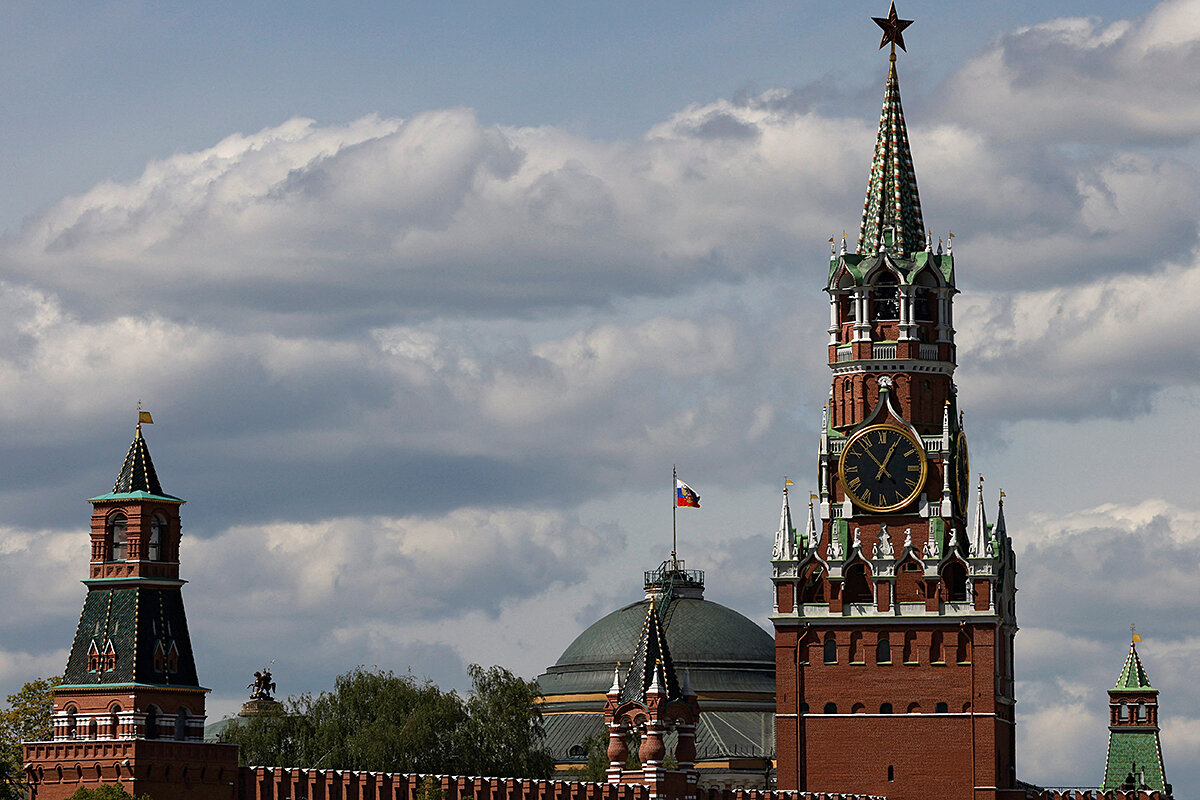When journalists can’t get the answers

 Mark Sappenfield
Mark Sappenfield
The video is spectacular, and the event was surely intended to be so. Through the grainy eye of a surveillance camera, a drone descends toward the heart of the Kremlin and explodes. Ukraine intended to kill President Vladimir Putin with American help, Russian authorities say. Nonsense, Ukrainians and Americans respond.
So, what really happened?
Was it the Ukrainians, worried that their spring counteroffensive might falter, or simply eager to take out the leader laying siege to their country?
Or was it the Kremlin itself? Was it a so-called false flag operation – in which Russian air defenses destroyed the threat – aimed at stirring Russians to greater anger and enthusiasm for the war, or to generate support for a bid to assassinate Ukrainian President Volodymyr Zelenskyy?
That was the question we were asking ourselves at the Monitor this morning. And even among our international team – journalists who have covered Russia and the nefarious methods of warfare worldwide for decades – there was no agreement.
Except on one thing: “We absolutely don’t know, and we probably never will know,” says Peter Ford, the head of our international department.
That, of course, doesn’t sit very well today, when everything can be seemingly known with the flick of a thumb. We don’t like it much, either. Journalists live to find answers. When we do not have them, we sometimes indulge in responsible speculation that can serve the useful function of framing possibilities. But taken too far, it provides fuel for false narratives that can solidify into conspiracy theories that mislead and confuse.
There are important questions to consider. Is Mr. Putin a legitimate military target? for example. But assigning importance to an event without understanding it is a fraught business.
“Yes, it’s spectacular, but we always have to be cautious about the spectacular,” Peter says. “A spectacular event does not always mean there will be spectacular political ramifications.”




